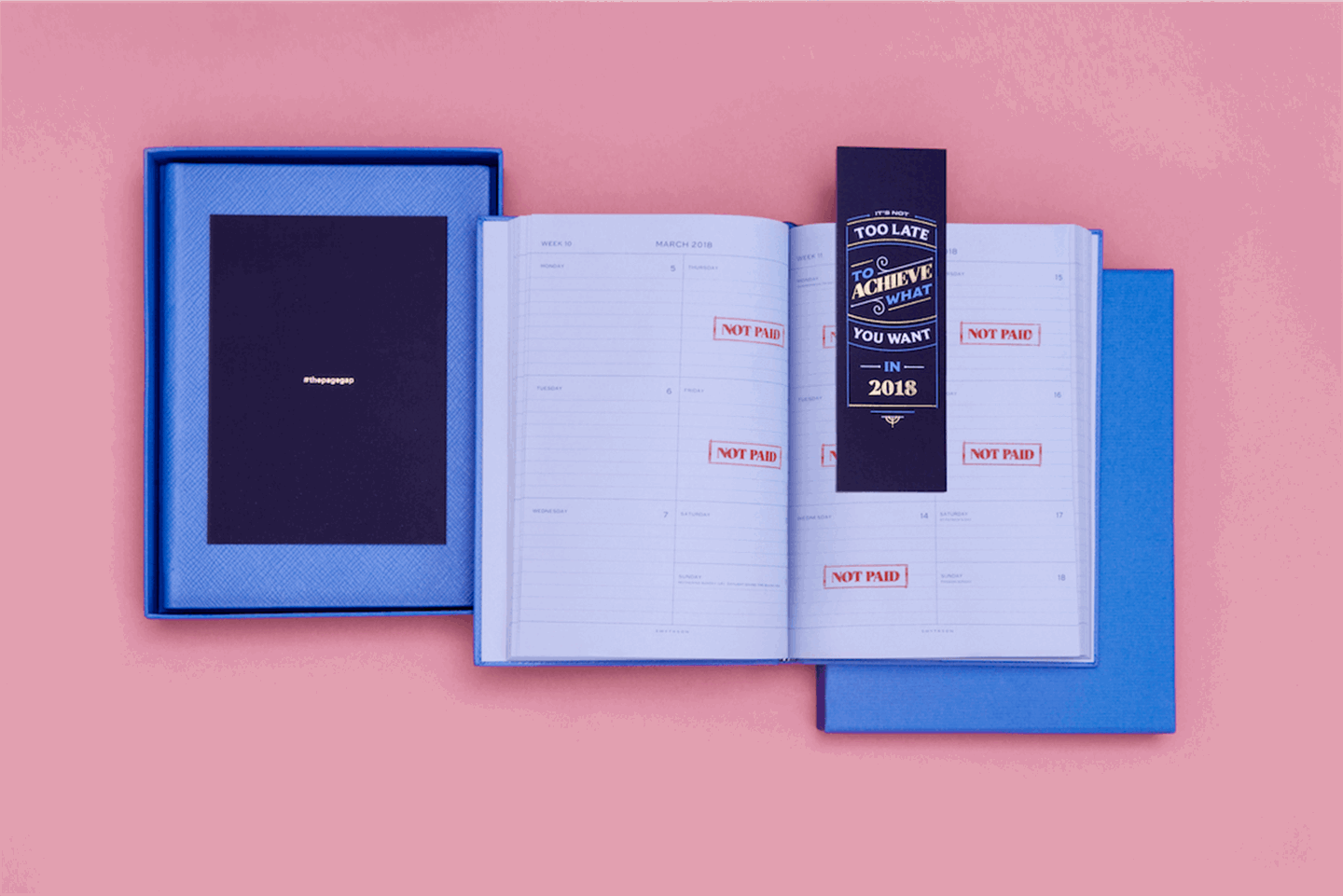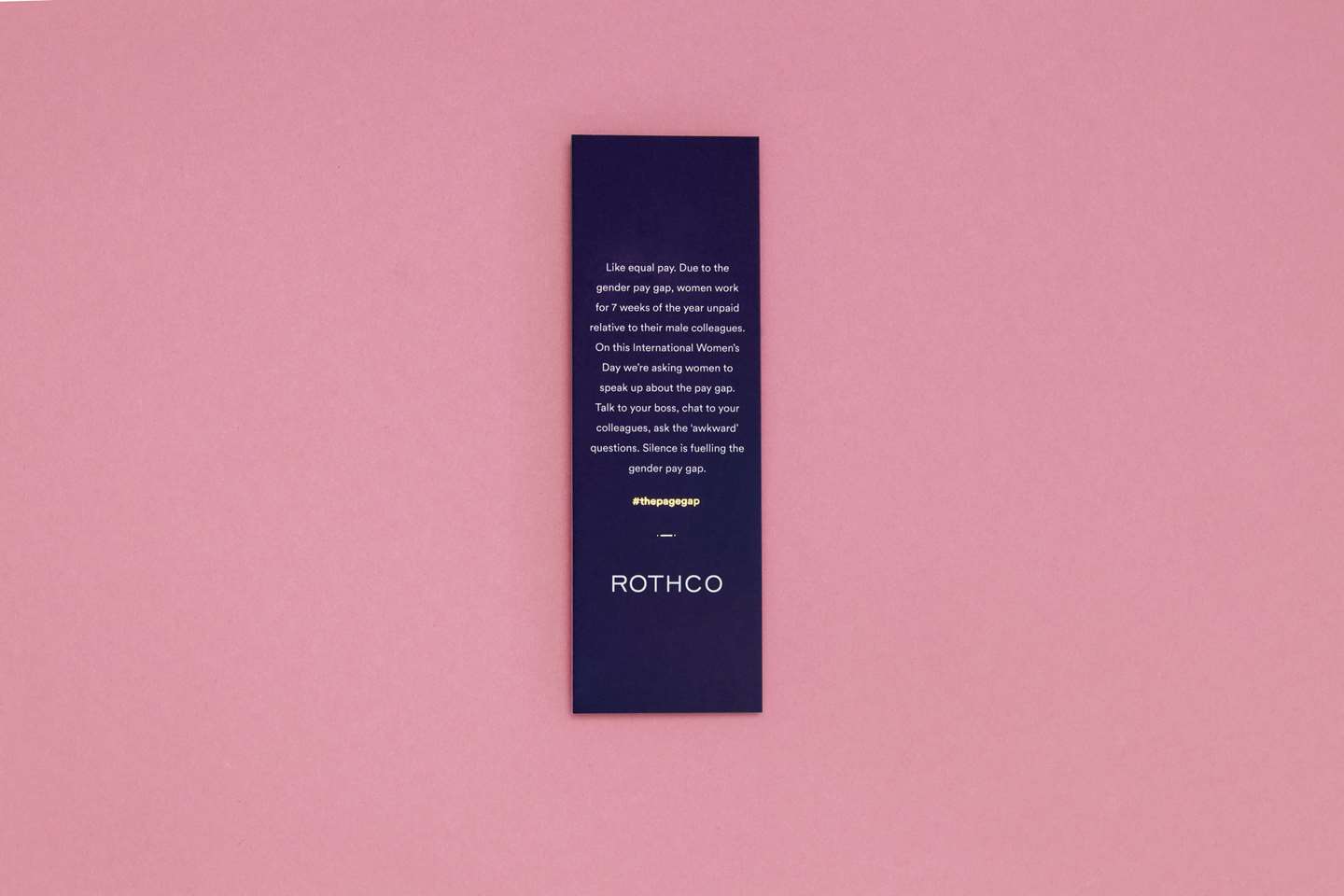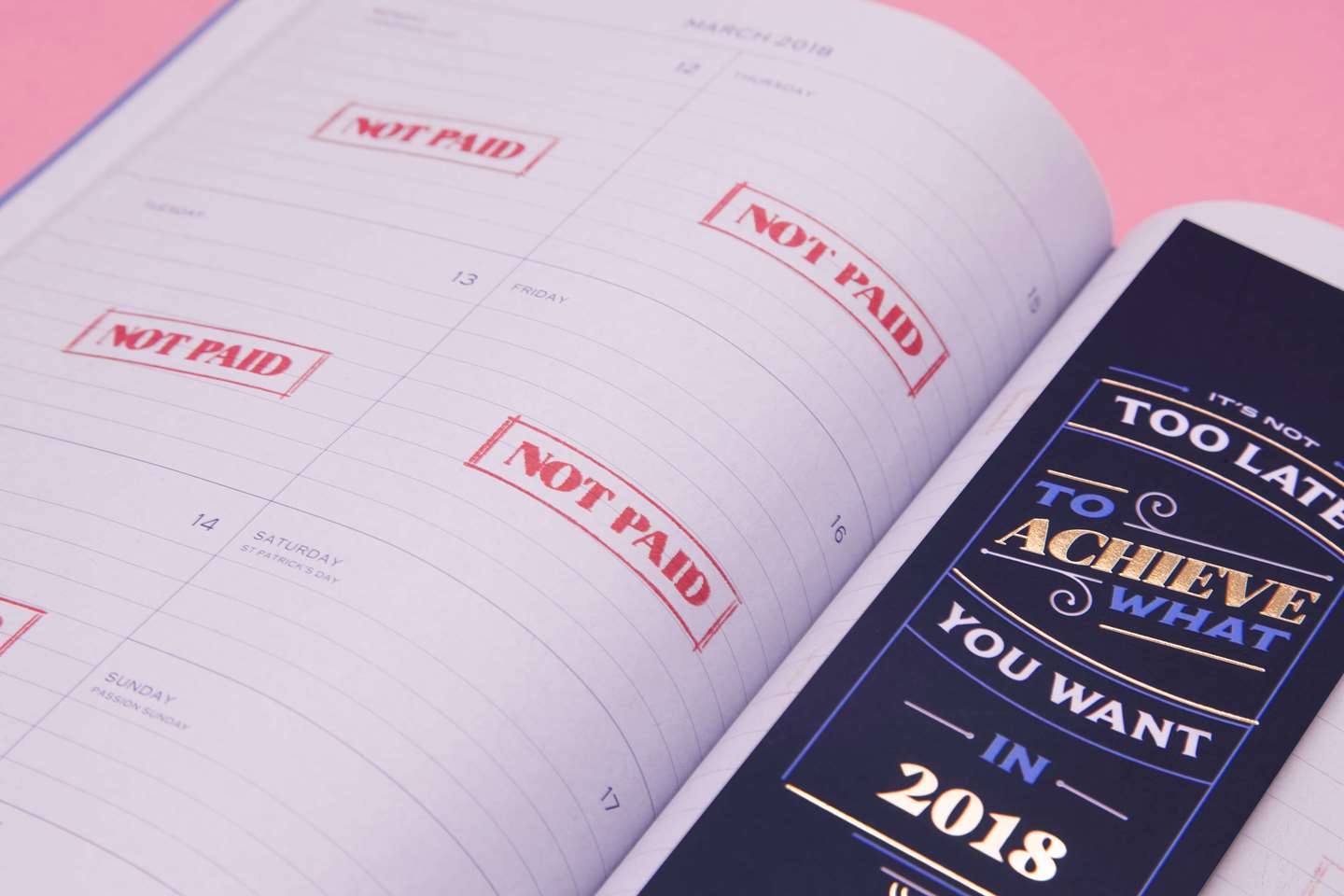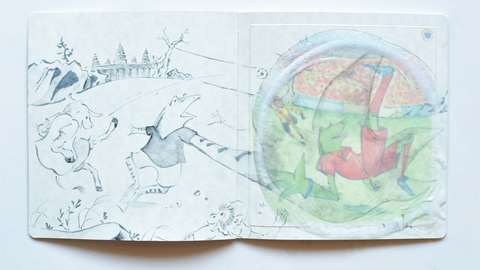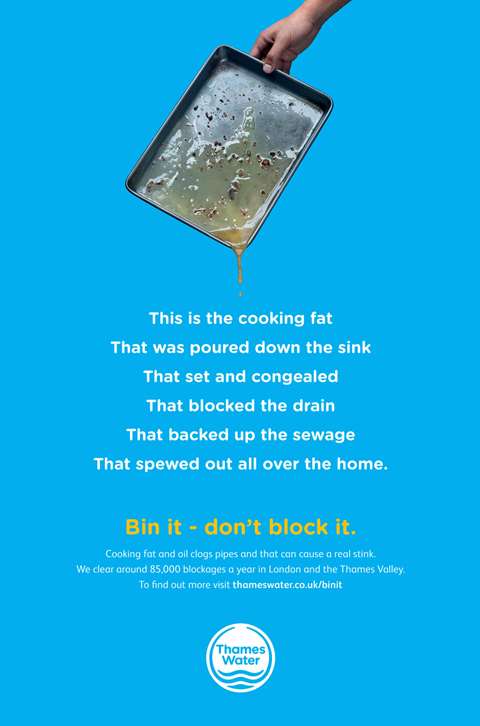The power of print at a glance
- Print media can bring intangible issues into focus
- A smart idea, well executed in print, can be arresting
From #MeToo to #timesup, the women’s movement has already occupied a fair few column inches over the past 12 months.
When ROTHCO heard rumours that it could take 100 years to close the gender pay gap, the Dublin-based agency decided to acknowledge this by contributing to the wider conversation on International Womens Day. “It really stopped us in our tracks,” says Elaine Joyce, a copywriter at the company.
We wanted to use our creative skills to shine a light on the issue,” explains Joyce. “Our brief: empower influential women to consign the pay gap to the history books, not pay cheques.”
Their response was to create The Page Gap, a bespoke Smythson diary that has seven weeks – or 49 days – of the year marked with a “Not Paid” stamp.
Seven weeks is the average amount of time that women in OECD (Organisation for Economic Co-operation and Development) countries effectively work unpaid per year, compared to men.
ROTHCO also threw in a bookmark including a few inspirational words (below).


